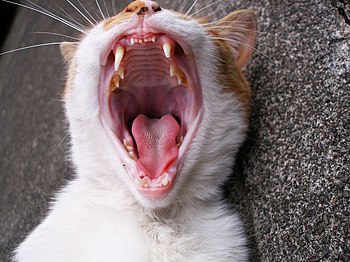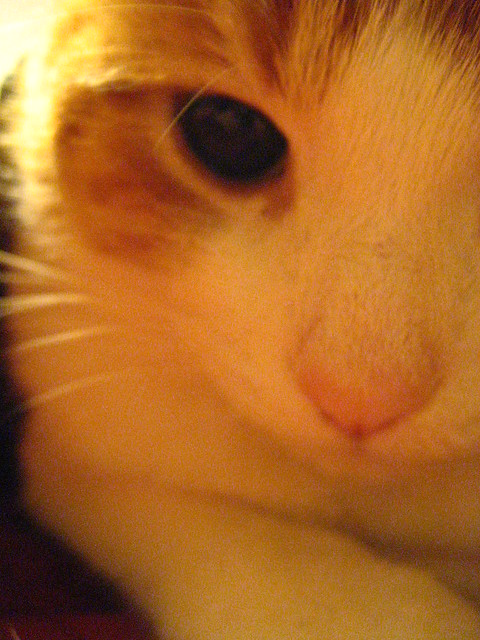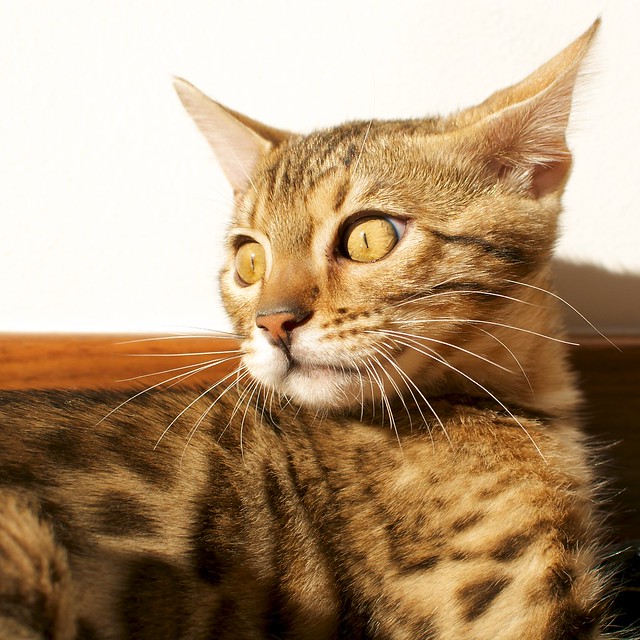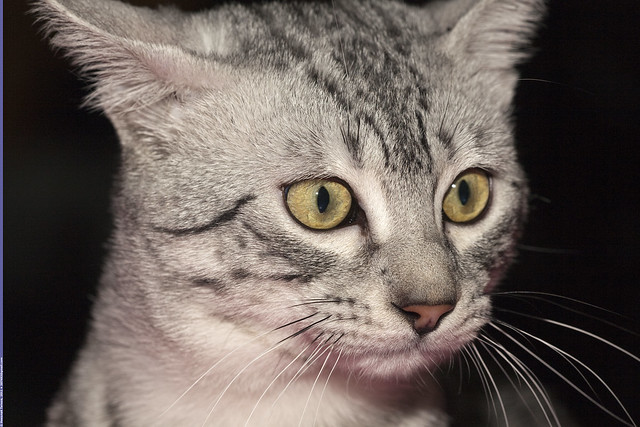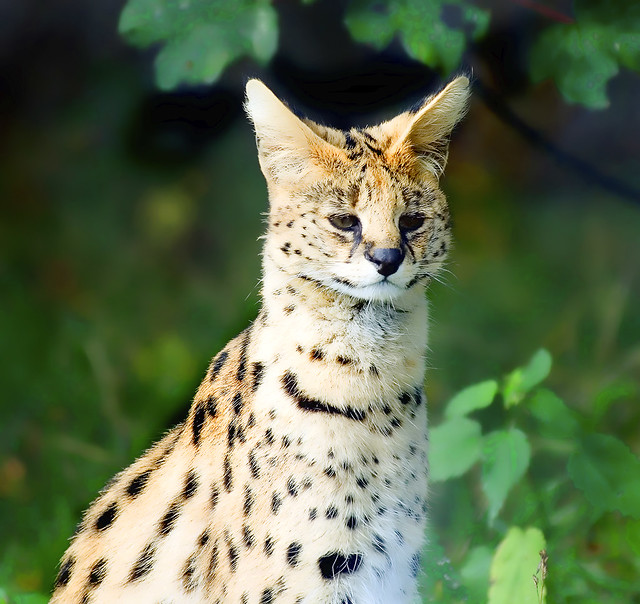 |
| Photo by Woody H1 |
Does it already sound like a dating game wherein people are being matched according to their traits and preferences? Well, that is very much true. As the pet owner, you must also make sure that when you already acquired the animal, you must do everything in your capacity to look out for its well-being. Now it is already sounding more like parenting, right? But this shouldn’t scare you. Pets bring lots of joy for those who are open to accepting them with loving arms.
But before your thoughts go as far as the many advantages of being a pet owner, you must first be informed about the costs that it would take for you to find the right pet.
1. In calculating the annual costs of owning a pet through adoption, the American Society for the Prevention of Cruelty to Animals suggests that the following items must be included: food, treats, toys, required licensing if any, medical treatment and vaccinations. They have come up with the following figures for the pets listed below.
• Fish will cost about $20. The aquarium’s prices differ from $20 to $200 and even higher depending on the quality and the features.
• The prices of dogs will differ depending on the size and breed. A medium built may cost about $600 while a large built can be up to $800.
• Rabbits are easy to deal with. But the costs for this type can be up to $700.
• Cats may be within the range of $500 to $600.
• The prices of birds will also depend on the size and type. A small one can cost about $100 to $150.
After you have acquired these pets, it is your responsibility to provide for their shelter, fun and training if you want. You may want to purchase cages for your pets, training bundles and dog crates. The costs for these can range from $80 to $500.
2. You must also be prepared for unexpected conditions such as accidents and sudden medical problems. You must save up for your pets as well for you to be able to afford the treatments in such conditions.
3. To give you a detailed sample of the costs of adopting a pet, here’s one example where you can base your decisions from. As stated previously, the annual costs that you may incur from owning a cat can reach from $500 to $600. And why is that? Here is the breakdown. The cost of adopting an adult cat is $60. The prices vary from location and the breed of the feline that you choose. If you will buy cats from pet stores, the prices may range from $150 up to $1000. The cats from the centre have been neutered ($30 up to $80) or spayed ($45 to $90). The vaccinations for its first year can be about $150 to $300. Cats must also undergo FeLV or Feline Aids and FELV or Feline Leukemia testing that can be about $50 to $80 per test.
But the costs of pet adoption must not discourage you from being a pet owner. The joys your pets will add to your life will make it all worthwhile.


